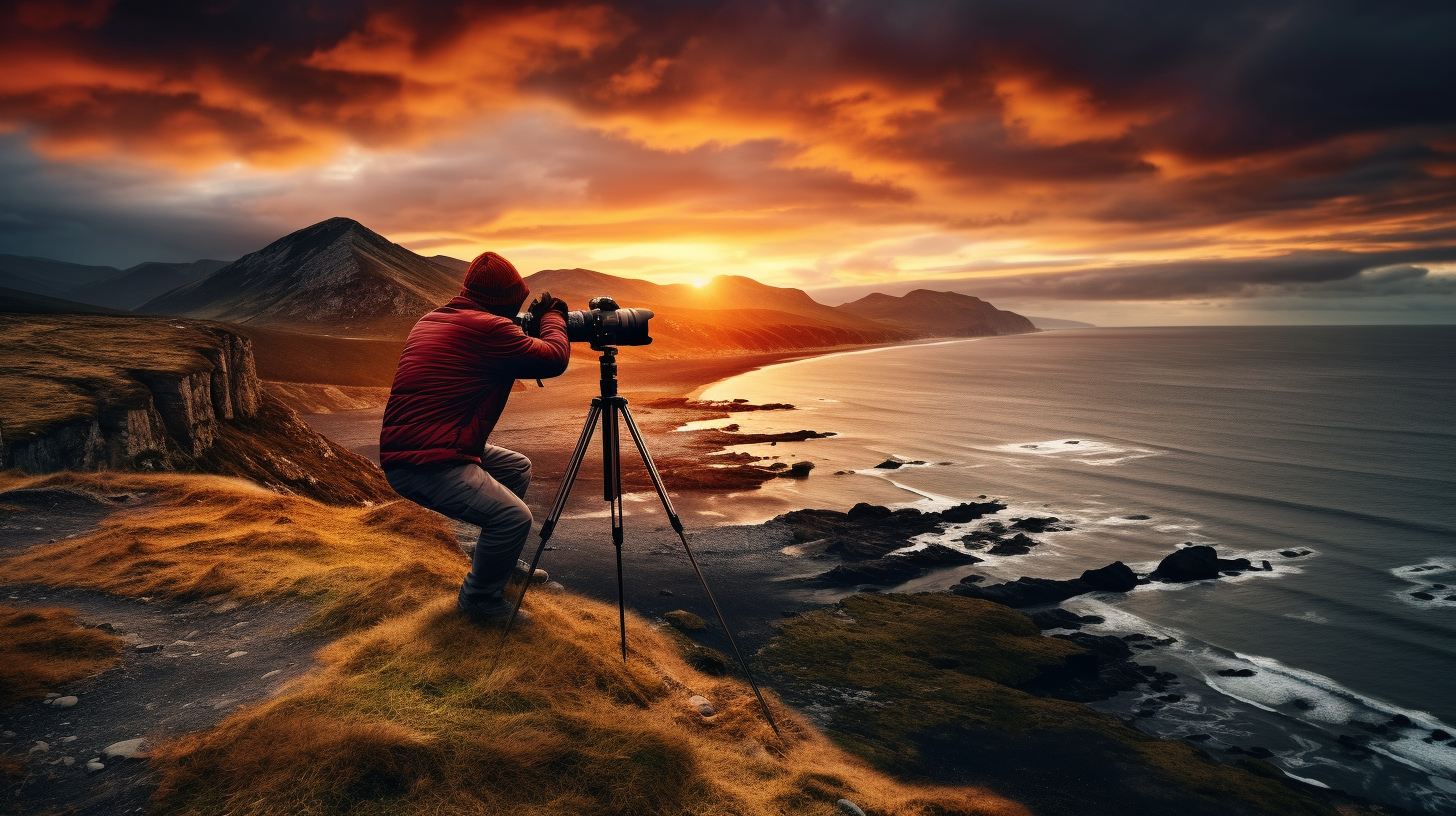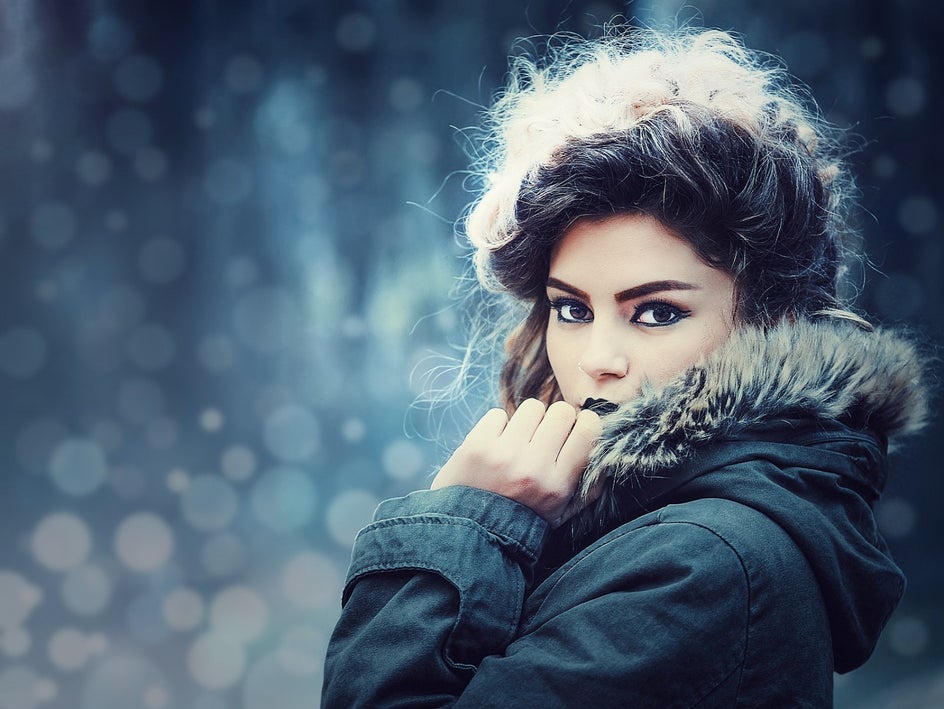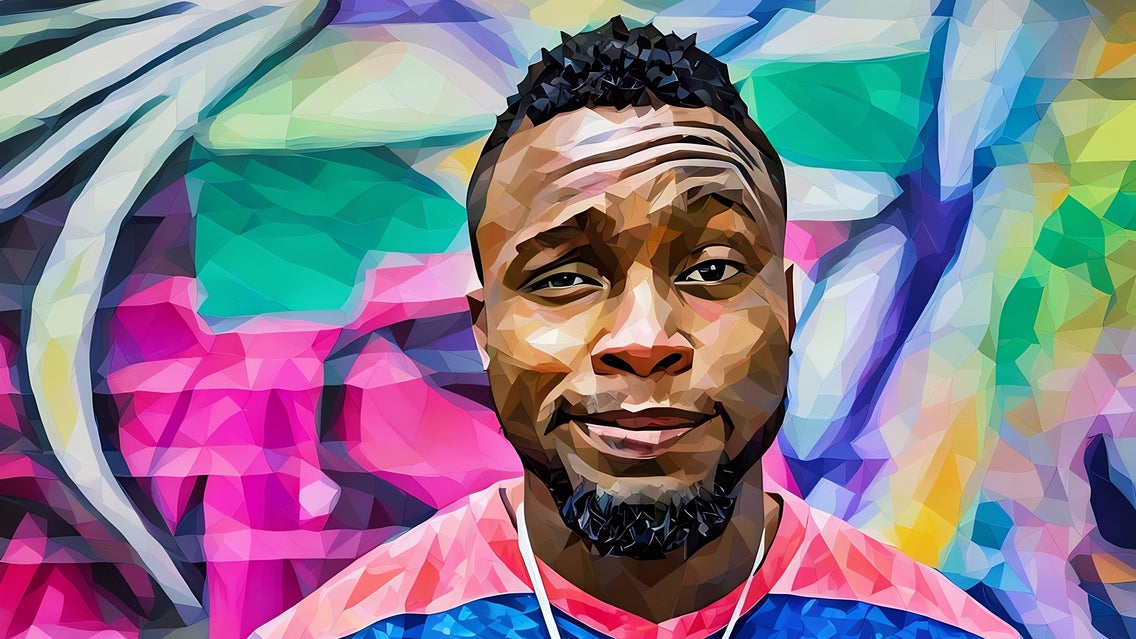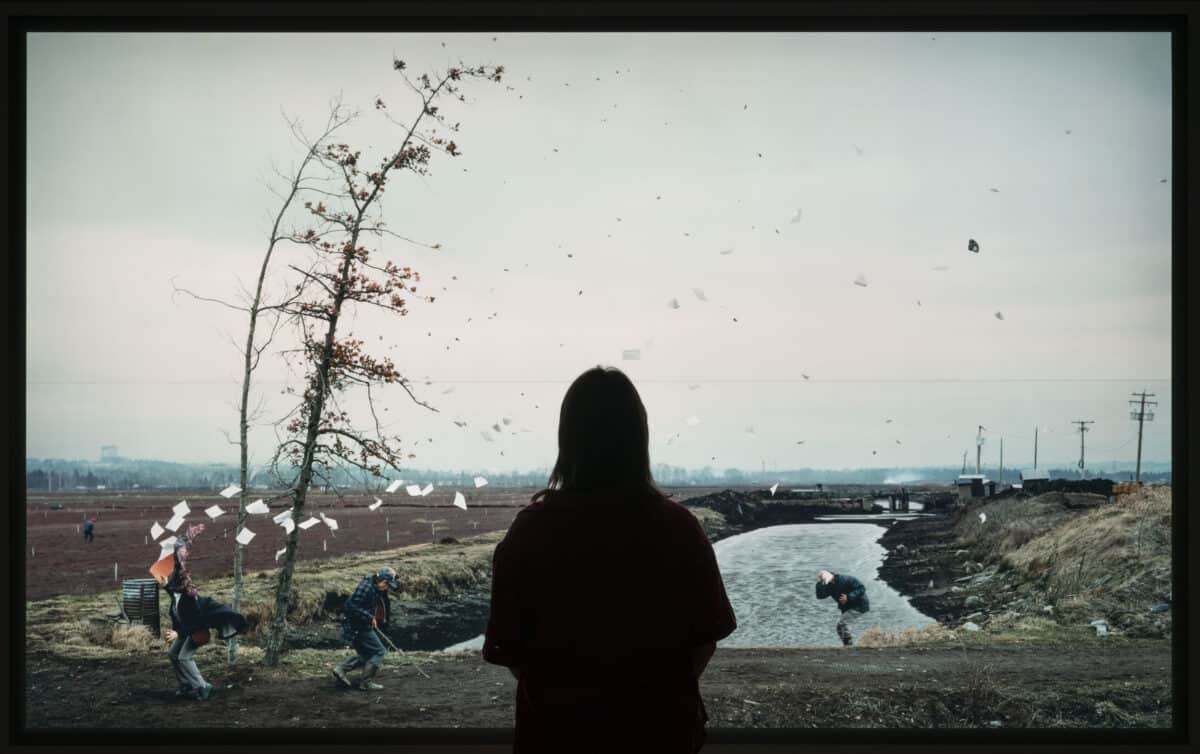Capturing Perfection: Modern Photography Techniques and Emerging Trends

26-12-2024, 09:40 Admin 495 0
As the world keeps spinning, so does the realm of photography, continually evolving and adjusting to the digital age's quick-paced vibrancy. "Capturing Perfection: Modern Photography Techniques and Emerging Trends" signifies the advent, adaptability and application of modern technology to streamline and augment the creative process.
One significant paradigm shift indicating the changing landscape of photography is the rise of smartphone photography. With these devices' astronomical improvement in image resolution and built-in lenses, there is a sense of all-encompassing accessibility in capturing high-quality images. Applications like "Lightroom" enable users to accomplish professional-grade image editing on the go. Propelled by Artificial Intelligence, tools such as "Deep Art Effects" can convert mundane mobile photos into remarkable art pieces.
Moreover, drones are revolutionizing aerial photography and videography, pushing boundaries to grasp perfection from new dimensions. Drone photography possesses the power to capture striking viewpoints of landscapes, skylines, or large-scale events, extending the scope of creative possibilities.
Virtual Reality (VR) and Augmented Reality (AR) are new age tools changing the way photographers interact with their images. Instead of being passive observers, VR and AR allow viewers to explore and become a part of an immersive photographic experience. Combining 360-degree imagery with VR enables viewers to navigate through the image, establishing an interactive relationship with the picture and portraying stories more holistically.
Another fascinating trend is computational photography, particularly in devices like Google Pixel. These smartphones use AI and agile software to enhance image quality and camera performance. This technology ensues HDR+ mode, allowing a balance of light and color even in lower light conditions.
Long exposure, particularly 'light-painting,' is a technique where the shutter is left open for a prolonged period, allowing more light to hit the sensor. It creates a dramatic effect in photographs, streaking points of light across the frame, capturing vibrant nuances of motion.
In the realm of post-processing, artificial intelligence is helping photographers to retouch images with efficiency and agility. Tools like Luminar 4 use AI to mask, layer and blend images seamlessly, saving time and optimizing post-production efforts.
Additionally, the increasing trend toward authentic and candid imagery paves the way for 'Documentary Style Corporate Photography.' This technique captures businesses and their people in their natural working environment, embedding genuineness in corporate visuals.
In conclusion, photography is no longer about capturing what’s there; it’s about inventing and elaborating what's possible, leveraging technology to push the boundaries of creativity. The digital age ushers in countless opportunities for photographers to innovate constantly and redefine the norm. From smartphones to drones, AI to AR, new tools are emerging to assist photographers in their quest for perfection, fostering a fertile ground for the future of this dynamic art form.
One significant paradigm shift indicating the changing landscape of photography is the rise of smartphone photography. With these devices' astronomical improvement in image resolution and built-in lenses, there is a sense of all-encompassing accessibility in capturing high-quality images. Applications like "Lightroom" enable users to accomplish professional-grade image editing on the go. Propelled by Artificial Intelligence, tools such as "Deep Art Effects" can convert mundane mobile photos into remarkable art pieces.
Moreover, drones are revolutionizing aerial photography and videography, pushing boundaries to grasp perfection from new dimensions. Drone photography possesses the power to capture striking viewpoints of landscapes, skylines, or large-scale events, extending the scope of creative possibilities.
Virtual Reality (VR) and Augmented Reality (AR) are new age tools changing the way photographers interact with their images. Instead of being passive observers, VR and AR allow viewers to explore and become a part of an immersive photographic experience. Combining 360-degree imagery with VR enables viewers to navigate through the image, establishing an interactive relationship with the picture and portraying stories more holistically.
Another fascinating trend is computational photography, particularly in devices like Google Pixel. These smartphones use AI and agile software to enhance image quality and camera performance. This technology ensues HDR+ mode, allowing a balance of light and color even in lower light conditions.
Long exposure, particularly 'light-painting,' is a technique where the shutter is left open for a prolonged period, allowing more light to hit the sensor. It creates a dramatic effect in photographs, streaking points of light across the frame, capturing vibrant nuances of motion.
In the realm of post-processing, artificial intelligence is helping photographers to retouch images with efficiency and agility. Tools like Luminar 4 use AI to mask, layer and blend images seamlessly, saving time and optimizing post-production efforts.
Additionally, the increasing trend toward authentic and candid imagery paves the way for 'Documentary Style Corporate Photography.' This technique captures businesses and their people in their natural working environment, embedding genuineness in corporate visuals.
In conclusion, photography is no longer about capturing what’s there; it’s about inventing and elaborating what's possible, leveraging technology to push the boundaries of creativity. The digital age ushers in countless opportunities for photographers to innovate constantly and redefine the norm. From smartphones to drones, AI to AR, new tools are emerging to assist photographers in their quest for perfection, fostering a fertile ground for the future of this dynamic art form.
Related News
Leave a Comment


